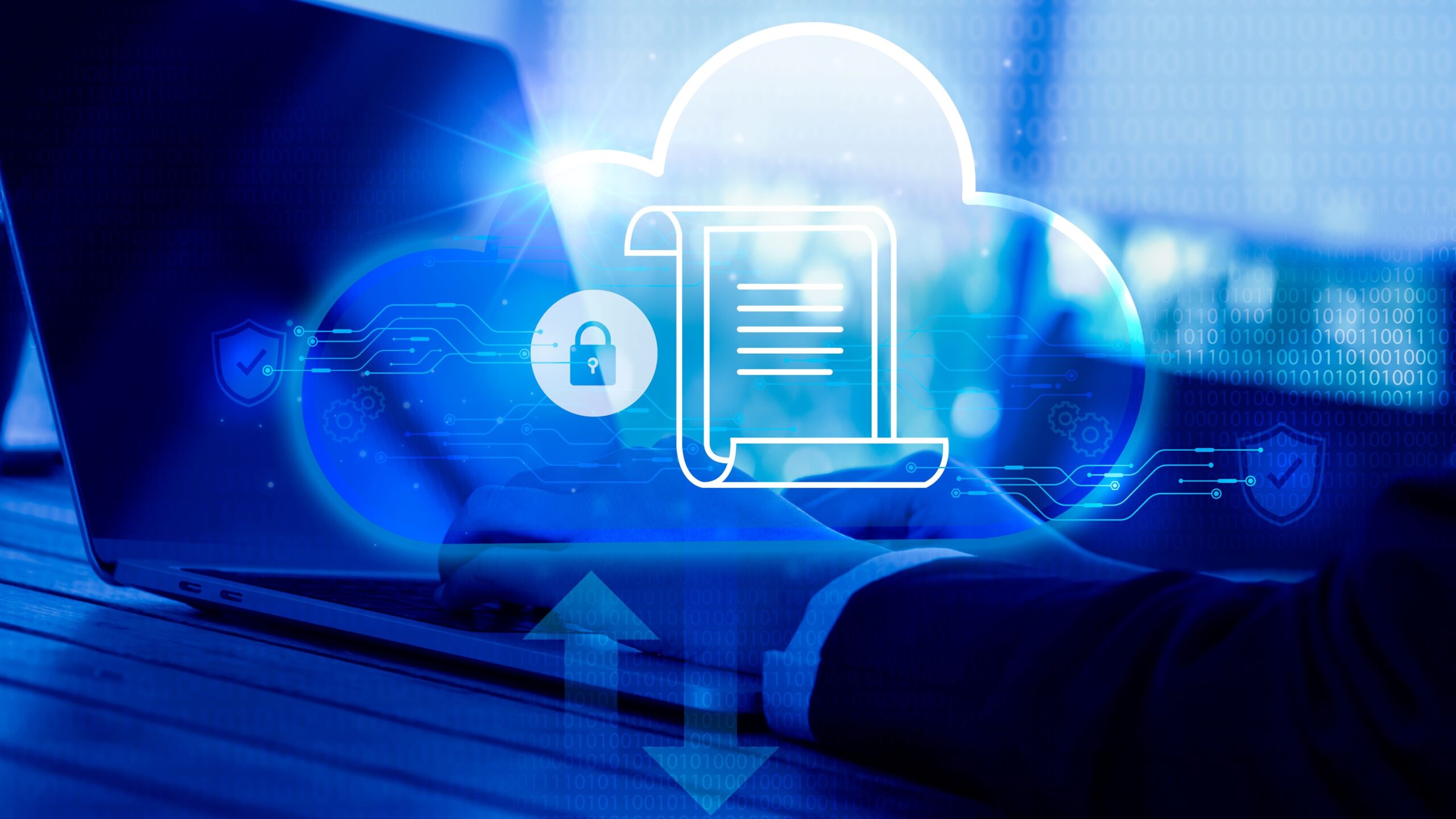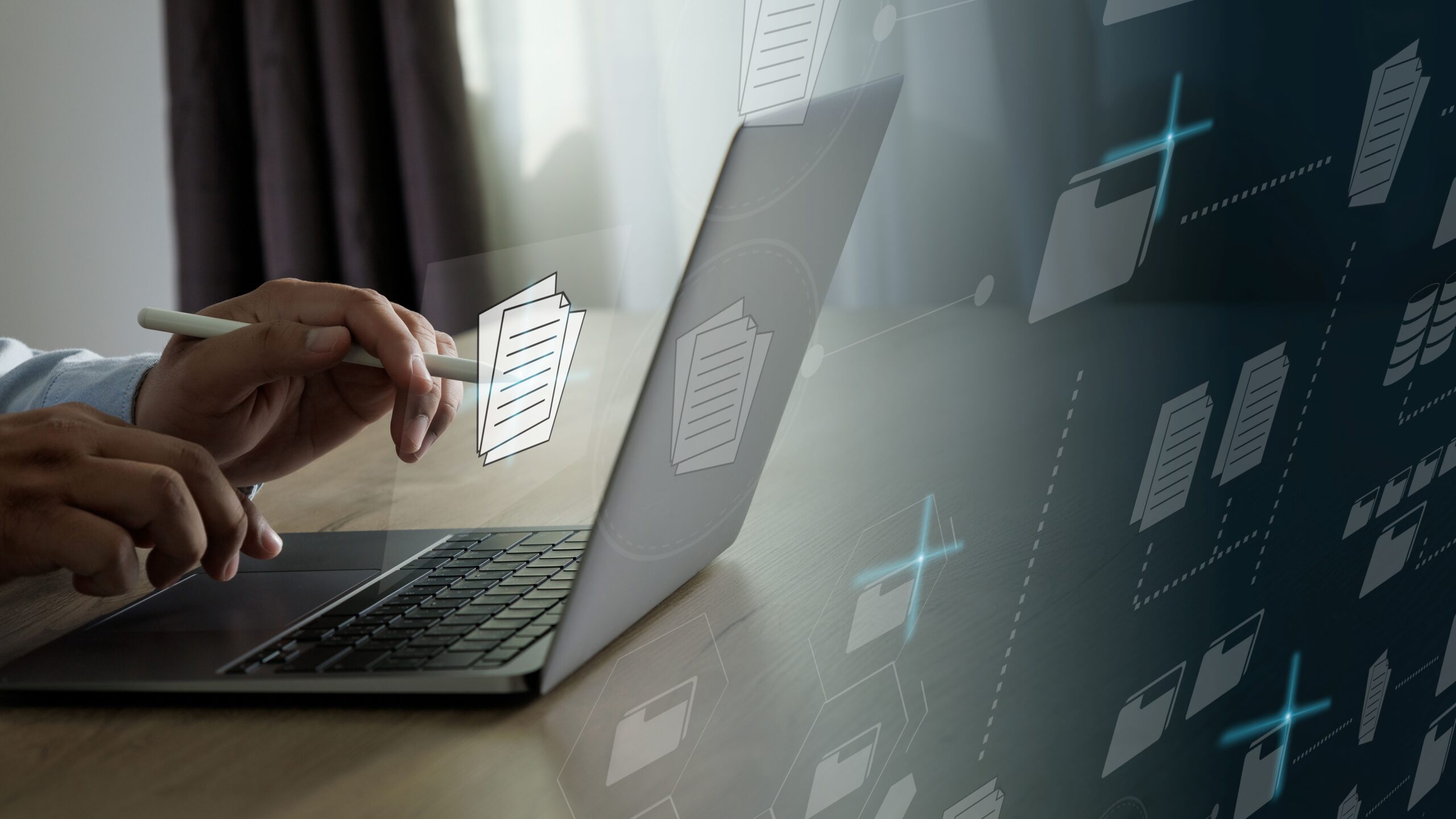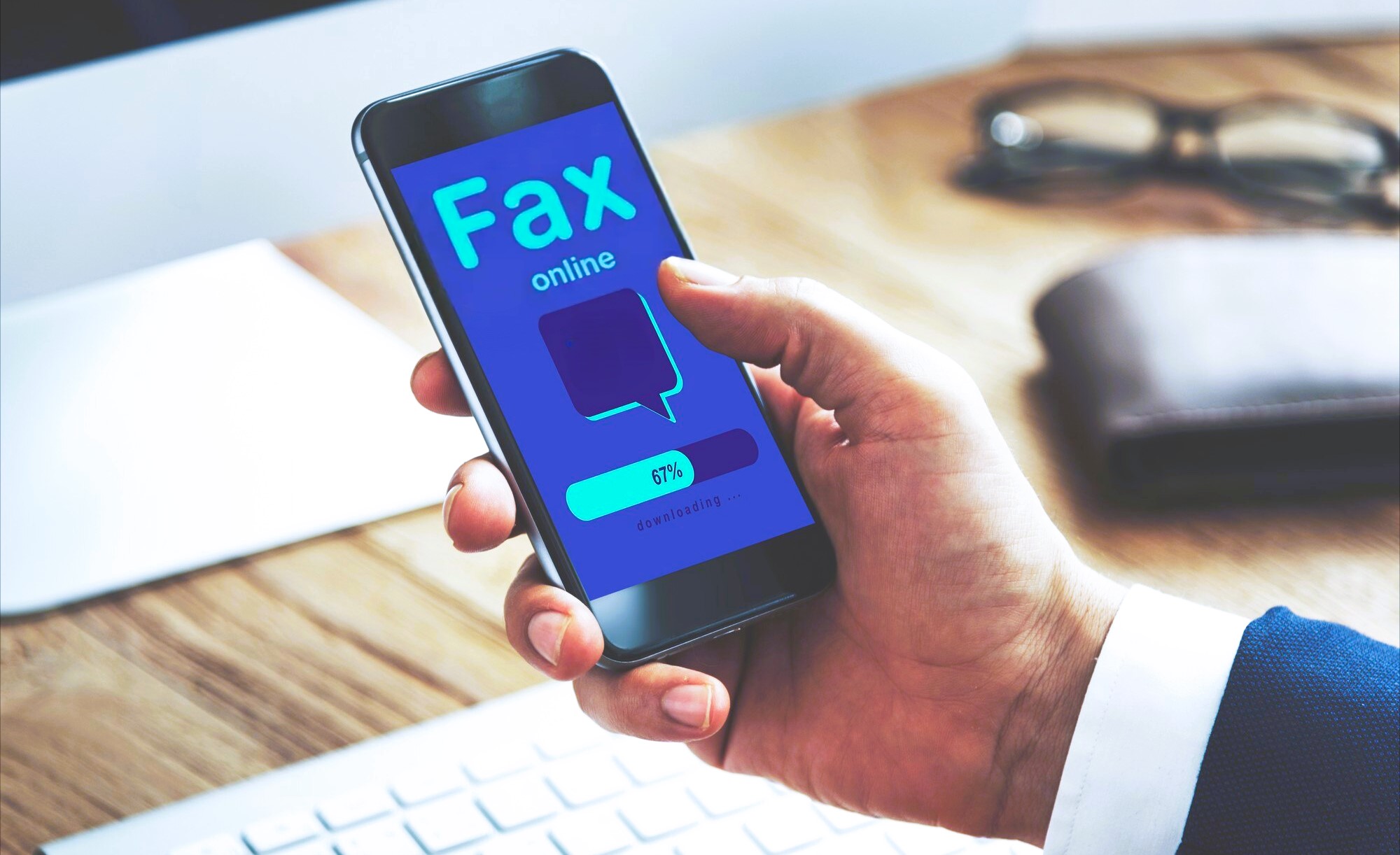Yep, you read that right—fax in 2025. While it may sound like something your parents used in the ‘90s, faxing has not only survived, it’s thriving in ways you wouldn’t expect. It’s like the vinyl records of communication: old-school, but making a massive comeback.
The Evolution of Faxing
From Clunky Machines to Cloud Faxing
The era of noisy, oversized fax machines jamming up office corners is officially over. Traditional faxing required dedicated phone lines, thermal paper or toner, and physical maintenance—often creating more problems than solutions. Sending a fax meant printing the document, manually feeding it into a machine, dialing a number, and waiting in hope that it would go through. If it didn’t, you’d have to try again, sometimes multiple times. For a technology that was supposed to speed things up, the old method of faxing often slowed down the entire workflow.
Fast forward to 2025, and cloud faxing has completely transformed how we send documents. Instead of being tethered to outdated hardware, people now use online fax services through smartphones, laptops, or tablets. This allows for instant transmission from anywhere with internet access—no paper jams, no ink issues, no stress. It’s as easy as sending an email, but with added reliability and compliance. With just a few clicks, documents can be uploaded, faxed, and confirmed—all without touching a physical fax machine.
How Fax Technology Has Adapted to Modern Needs
Faxing has undergone a digital renaissance, evolving into a highly secure, cloud-integrated communication tool. In response to increasing demands for privacy, traceability, and real-time updates, modern fax systems now include advanced encryption protocols, AI-powered routing, and delivery tracking. No more wondering if your fax actually made it—now you receive real-time confirmations for both sending and receipt. These enhancements have made faxing not only relevant but often preferable in compliance-heavy industries like healthcare and law.
What’s more, today’s fax technology integrates smoothly into existing digital ecosystems. Leading cloud fax platforms now support integration with Google Drive, Microsoft 365, Dropbox, and major CRM/ERP platforms. That means users can fax directly from their cloud storage, attach files without downloading, and automatically store inbound documents in shared folders. With these modern capabilities, faxing has gone from analog dinosaur to digital powerhouse—blending traditional document transmission with 21st-century efficiency.
The Surprising Benefits of Faxing in 2025
Reliability and Delivery Confirmation
In a world where emails get lost in spam folders or bounce due to server errors, faxing provides an extra layer of dependability. One of its most overlooked strengths is built-in delivery confirmation. Whenever you send a fax, you receive a timestamped receipt confirming it was sent—and when the recipient’s machine confirms, you get another notification showing it was successfully received. This makes faxing particularly useful when you need proof of delivery for legal or medical documents.
Key benefits include:
- Automatic delivery receipts for both sending and receiving
- Fewer delivery failures compared to email or messaging apps
- Clear audit trail for compliance or dispute resolution
In 2025, this kind of traceability is essential for professionals who deal with sensitive or high-priority data. Whether it’s a patient record or a signed agreement, fax gives you peace of mind that the document actually arrived.
Security and HIPAA Compliance
With cyber threats on the rise and strict data protection laws like HIPAA (in the US) and GDPR (in Europe), security isn’t optional—it’s mandatory. Digital faxing has quietly become one of the most secure ways to transmit sensitive information. Unlike email, which can be intercepted or spoofed, cloud fax services use end-to-end encryption, secure servers, and robust authentication protocols to protect documents in transit.
Security highlights include:
- HIPAA-compliant encryption for medical and patient data
- End-to-end document protection from sender to recipient
- Multi-factor authentication for accessing sensitive documents
Because of this, industries like healthcare, finance, and legal services still prefer fax for transmitting confidential documents. It’s not old-fashioned; it’s just smarter about privacy.
Integration with Digital Workflows
One of the biggest misconceptions about faxing is that it’s stuck in the past. Not anymore. In 2025, faxing has evolved into a fully integrated component of modern digital workflows. Today’s online fax platforms seamlessly connect with popular productivity tools, so users can fax a document without ever leaving their favorite apps or cloud storage environments.
Popular integrations include:
- Google Drive & Dropbox for direct file uploads and auto-saving received faxes
- Microsoft 365 & Outlook for sending faxes directly from emails or Word documents
- CRM tools like Salesforce or HubSpot for logging faxed documents automatically
This seamless integration turns faxing from a separate chore into a smooth, efficient extension of your daily routine. It’s drag, drop, send—no printers, no scanners, no headaches.
Why Businesses Still Rely on Fax
Legal and Medical Industries
In industries like law and healthcare, precision and compliance aren’t optional—they’re mandatory. That’s why faxing remains a gold standard. Legal firms need timestamped proof that contracts, court filings, and sensitive legal documents were sent and received without alteration. Faxes provide that assurance through delivery confirmations, secure lines, and digital audit trails. No one wants to lose a legal battle because an email got filtered into spam. In the legal world, fax still represents security and accountability.
The same applies to the healthcare sector. HIPAA and other regulatory bodies demand strict control over how patient information is shared. Emails can be risky due to phishing, unauthorized access, or accidental forwarding. Cloud-based faxing, however, offers end-to-end encryption, secure logins, and automatic tracking, making it the trusted method for sending lab results, referrals, or insurance claims. Faxing might sound outdated, but in medicine and law, it’s often the most secure and compliant option available.
Government and International Use
Believe it or not, many government agencies and international institutions still rely heavily on fax. Whether it’s for official memos, visa forms, or legal notices, fax remains an accepted (and sometimes required) method of communication. This is especially true in places where digital infrastructure isn’t fully standardized or when a faxed document holds more legal weight than an email. When something needs to be taken seriously and documented officially, governments often go with fax—because it’s verifiable and difficult to tamper with.
In international business, contracts often include clauses that specify faxed signatures as legally binding. Why? Because many global jurisdictions still recognize fax as more formal than digital signatures via email. That’s why multinational corporations keep fax systems alive: it ensures legal recognition across borders. In such cases, fax is not just tradition—it’s a legal necessity, particularly when working with international or bureaucratic institutions.
Situations Where Email Just Doesn’t Cut It
Let’s be honest—email is not bulletproof. We’ve all had important emails disappear into the abyss of spam folders, get overlooked in cluttered inboxes, or suffer from poor delivery due to server errors. In critical business communications, that kind of uncertainty isn’t just annoying—it can be costly. Fax, on the other hand, gives you confirmation when it’s sent and another when it’s received, making it ideal for high-stakes documents that absolutely must be seen and acknowledged.
In fact, many industries use fax precisely because it’s difficult to ignore. Unlike email, which can be buried under dozens of newsletters, faxes often print directly in front of the recipient or appear as a push notification in cloud-based fax apps. That visibility leads to faster turnaround times for signed documents, approvals, or responses. When urgency and accountability matter, faxing is a tool that still gets the job done—no questions asked.
| Industry / Sector | Why Fax is Still Used | Benefits Over Email | Fax Type Used |
| Legal | Timestamped contracts and filings | Legal recognition, traceability | Cloud + Physical Fax |
| Healthcare | Patient record transmission under HIPAA | Encryption, audit trails, compliance | Encrypted Cloud Fax |
| Government Agencies | Official correspondence, visa forms, legal notices | Harder to spoof, widely accepted | Traditional / Hybrid |
| International Business | Legally binding international contracts | Accepted across legal systems | Cloud Fax with Archiving |
| High-Security Transactions | Documents requiring guaranteed delivery and visibility | Confirmation receipts, urgency | Secure Digital Fax |
Cloud Fax vs Traditional Fax Machines
Accessibility from Anywhere
One of the most revolutionary advantages of cloud faxing is its mobility. Traditional fax machines are tied to physical locations—you have to be in the office, next to the device, with a printed copy in hand. Cloud faxing flips that model. You can send or receive a fax from your phone, laptop, or tablet—whether you’re working from home, commuting, or even relaxing on a beach halfway around the world. With just an internet connection, your business communication is always within reach.
This flexibility is invaluable in today’s remote-first or hybrid work environments. Need to get a signature while on a business trip? No problem. Receive urgent files while working from a café? Easy. Cloud fax platforms offer mobile apps and web dashboards that put the power of a fax machine in your pocket, literally. Traditional faxing simply can’t compete with that level of accessibility and convenience.
No Hardware Required
Fax machines are notorious for being bulky, noisy, and high-maintenance. You need a phone line, ink or toner, reams of paper, and someone tech-savvy enough to fix it when it jams—which is often. Cloud faxing eliminates all that hassle. All you need is a device and an internet connection. There’s no hardware to set up, no parts to replace, and no cords to untangle.
This also means lower startup and operating costs. Businesses no longer have to invest in equipment, pay for repairs, or maintain phone lines just for faxing. Cloud faxing also reduces IT overhead since everything is managed in the cloud by the provider. It’s like going from a landline telephone to a smartphone—you get all the benefits of modern tech without any of the outdated baggage.
Eco-Friendly and Cost-Efficient
Going digital doesn’t just save space—it saves the planet. Traditional faxing involves heavy paper usage, energy-consuming machines, and chemical-heavy ink or toner cartridges. In contrast, cloud faxing requires zero paper and zero physical materials, significantly reducing your carbon footprint. It’s a small change that adds up, especially for companies handling hundreds or thousands of faxes per month.
In terms of cost, the benefits are just as clear. No more spending on paper supplies, maintenance technicians, or electricity to power machines that sit idle half the time. Cloud fax services are usually subscription-based, meaning you pay only for what you use. It’s a smarter investment that aligns with both sustainability goals and modern financial strategies.




